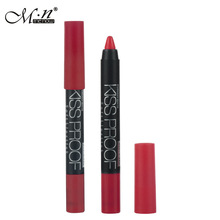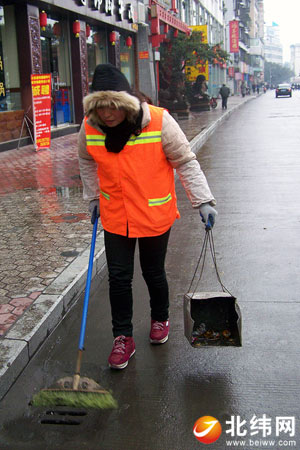Keeping your smartphone and laptop protected from digital miscreants is no easy task, but Apple is here — albeit belatedly — to lend a hand. Starting with iOS 11 and macOS High Sierra, the Cupertino-based tech giant is upgrading the options it gives users to secure their accounts.
The coming of the new operating systems signal the future death of what Apple calls "two-step verification." Don't fret, however, as anyone using that system will be automatically updated to what its replacement: two-factor authentication. And that's a good thing.
SEE ALSO:The next iPhone has a hidden security feature that cops will hateOnce set up, two-factor authentication adds an extra step to the login process. A user will need both their password (something they know), and a unique code sent to their phone or obtained from an device-specific authenticator app (something they have). This second layer of security makes it harder for hackers to sneak their way into victims' accounts.
But how does 2FA differ from 2SV? While they both sound like the same meaningless acronyms, they're actually different in small but important ways. Apple makes that distinction clear on its 2SV explainer page:


"Two-factor authentication is a newer security method that's built directly into iOS, macOS, tvOS, watchOS, and Apple’s websites," the company explains. "It offers a more streamlined user experience and is required to use certain features that call for enhanced security."
Essentially, 2-step verification is old news and 2-factor authentication is the new (well, sort of new for Apple) hotness.
 That fresh look of better security.Credit: LILI SAMS/MASHABLE
That fresh look of better security.Credit: LILI SAMS/MASHABLE"With two-factor authentication, your account can only be accessed on devices you trust, like your iPhone, iPad, or Mac," notes the company. "When you want to sign in to a new device for the first time, you'll need to provide two pieces of information—your password and the six-digit verification code that's automatically displayed on your trusted devices. By entering the code, you're verifying that you trust the new device."
One important difference between the two systems was highlighted by Macworld, which noted 2SV required users receive that aforementioned unique code via SMS. That, as we've come to see, is a problem as SMS is extremely vulnerable to hackers. With 2FA, you can get your code via your "trusted device" (e.g. your iPhone).
So, what do you need to actually do here? Not much, it turns out. If you already have 2FA set up, nothing will change. If you had 2SV set up, then upon updating to iOS 11 or macOS High Sierra you will be automatically upgraded to 2FA the next time you sign in. If you want to make the switch, but don't yet feel like updating your OS, Apple has some detailed instructions for you.
If you're just a one-password type of person, well, we have some bad news. It's past time to come around to the basic security step that is 2FA (and it's easy to implement). Regardless, 2-step verification has no place in the future of Apple's products — and that's a good thing.
Featured Video For You
Apple's iOS 11 finally turns the iPad into a 'real' computer... mostly








